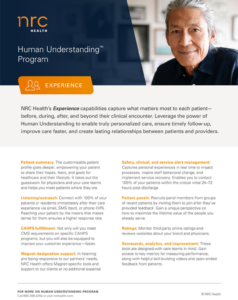Leverage the power of Human Understanding®

CARE
Learn what matters most to your patients
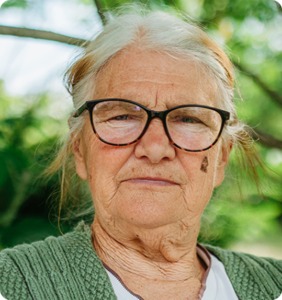
CONNECT
Discover the story behind every person
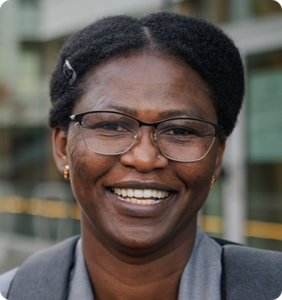
IMPROVE
Listen and act to improve experience
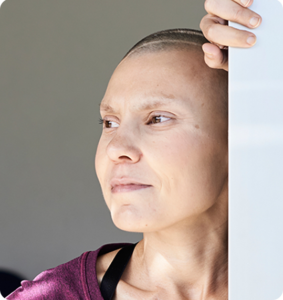
GROW
Build long-term
patient relationships
NRC Health’s Experience capabilities capture what matters most to each patient—before, during, after, and beyond their clinical encounter. Ensure timely follow-up, improve care faster, and create lasting relationships between patients and providers.

The right questions asked before a visit help your patient formulate a simple picture of what matters most to them. It’s delivered right into the provider workflow requiring only a few seconds to review.
— MD, Heart Center
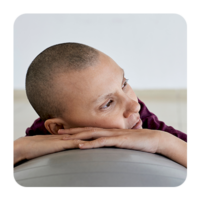
Care doesn’t stop when the patient heads home. The right question at the right time can ensure understanding and appropriate follow up to improve engagement and ensure quality outcomes.
—Freda Lyon, DNP, RN, System Vice President of Emergency Services, Wellstar
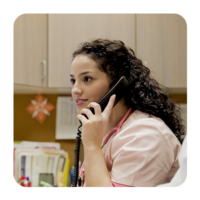
Timely feedback after an experience provides the opportunity for service recovery, clinical intervention, coaching or recognition when it matters most. Proven and powerful short-form experience tools collect patient responses within 48 hours and deliver them to you instantly.
—Barbara Burke, Senior Director Patient Family Experience, Ann & Robert Lurie Children’s Hospital
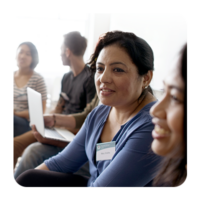
Healthcare is about relationships, and they shouldn’t stop at the door. Maintain long-term connections with patients and engage them in co-designing future healthcare services for the community.
—Aaron Davis, Chief Experience Officer, UMC Health System
MyView™
MyView helps healthcare teams humanize care by summarizing what matters most to each patient based on information they share before, during, and after healthcare interactions. The most relevant patient information is condensed into an easily viewable format and automatically integrated into an existing EHR.
Learn more →
Listening/outreach
Connect with 100% of your patients or residents immediately after their care experience via email, SMS (text), or phone (IVR). Reaching your patient by the means that makes sense for them ensures a higher response rate.
CAHPS fulfillment
Not only will you meet CMS requirements on specific CAHPS programs, but you will also be equipped to improve your customer experience—faster.
Magnet designation support
In listening and being responsive to our partners’ needs, NRC Health offers Magnet-specific tools and support to our clients at no additional expense.
Safety, clinical, and service alert management
Captures personal experiences in real time to impact processes, inspire staff behavioral change, and implement service recovery.
Enables you to contact 100% of your patients within the critical initial 24–72 hours post-discharge. Using preference-based communications and real-time alerting, you can identify and manage high-risk situations and support safe transitions.
Community Insights
Bring the voice of your customer into your strategic and operational decision-making right when you need it. Our healthcare research expertise, processes, and digital tools to gain insights support the agile outside-in perspective you need to drive change.
Learn more →
Compliment Sharing℠
Scalable tools to share patient appreciation with the front-line. Compliment Sharing makes it easy to convey positive feedback and recognize care teams in a meaningful, specific, and timely way.
Learn more →
Scorecards, analytics, and improvement
These tools are designed with the provider in mind. Gain access to key metrics for measuring performance, along with helpful skill-building videos and open-ended feedback from patients.
MyView™
MyView helps healthcare teams humanize care by summarizing what matters most to each patient based on information they share before, during, and after healthcare interactions. The most relevant patient information is condensed into an easily viewable format and automatically integrated into an existing EHR.
Learn more →
Listening/outreach
Connect with 100% of your patients or residents immediately after their care experience via email, SMS (text), or phone (IVR). Reaching your patient by the means that makes sense for them ensures a higher response rate.
CAHPS fulfillment
Not only will you meet CMS requirements on specific CAHPS programs, but you will also be equipped to improve your customer experience—faster.
Magnet designation support
In listening and being responsive to our partners’ needs, NRC Health offers Magnet-specific tools and support to our clients at no additional expense.
Safety, clinical, and service alert management
Captures personal experiences in real time to impact processes, inspire staff behavioral change, and implement service recovery.
Enables you to contact 100% of your patients within the critical initial 24–72 hours post-discharge. Using preference-based communications and real-time alerting, you can identify and manage high-risk situations and support safe transitions.
Community Insights
Bring the voice of your customer into your strategic and operational decision-making right when you need it. Our healthcare research expertise, processes, and digital tools to gain insights support the agile outside-in perspective you need to drive change.
Learn more →
Compliment Sharing℠
Scalable tools to share patient appreciation with the front-line. Compliment Sharing makes it easy to convey positive feedback and recognize care teams in a meaningful, specific, and timely way.
Learn more →
Scorecards, analytics, and improvement
These tools are designed with the provider in mind. Gain access to key metrics for measuring performance, along with helpful skill-building videos and open-ended feedback from patients.

